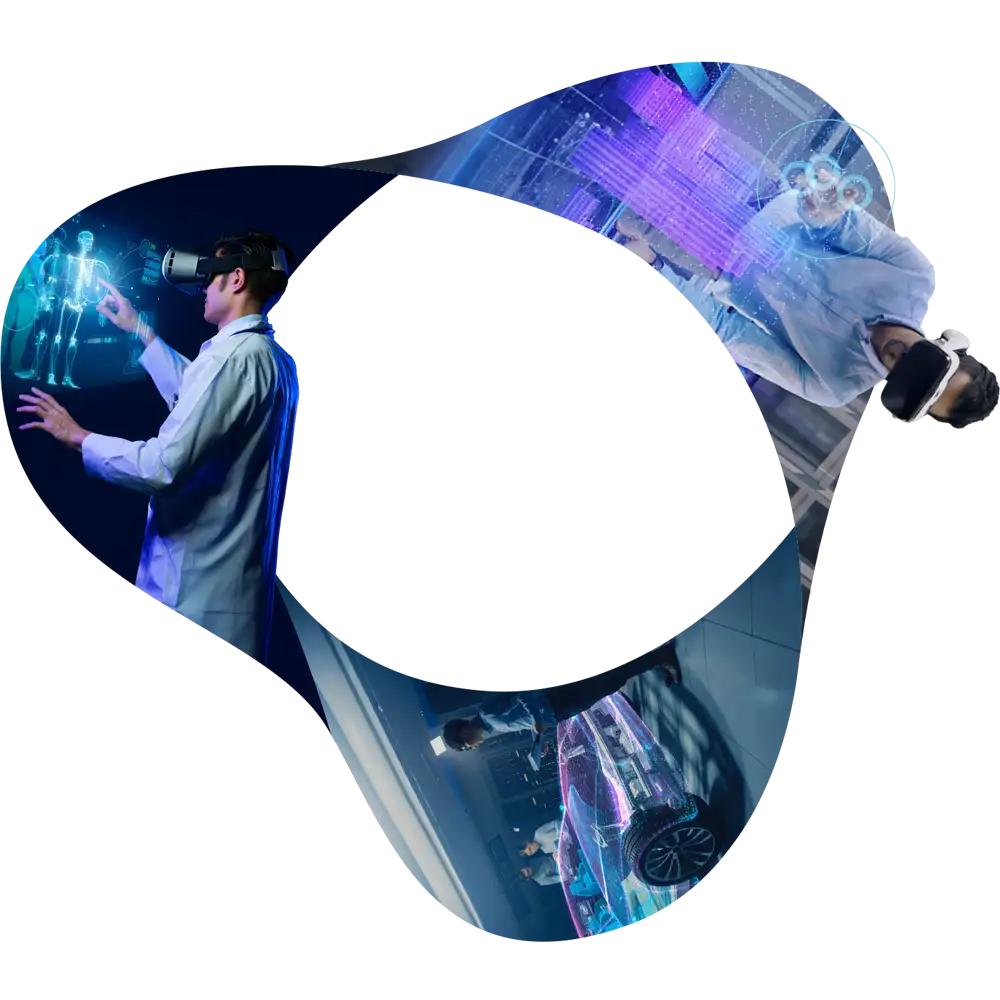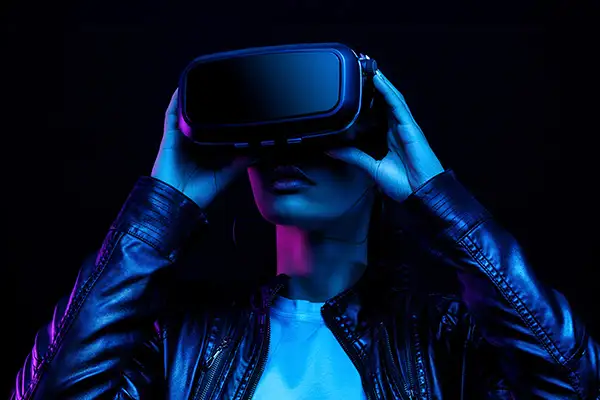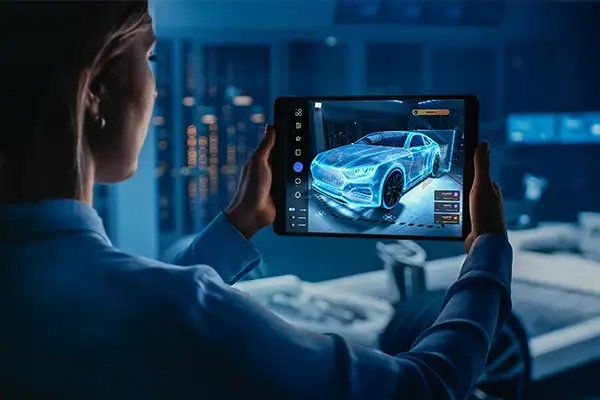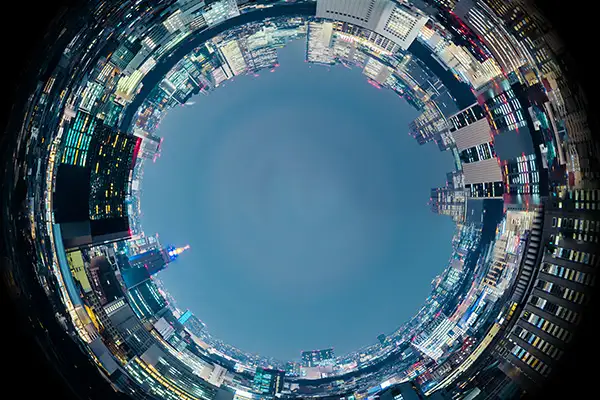Content
Augmented Reality (AR) is a transformative technology that overlays digital content onto the real world, blending the physical and virtual in a seamless way. Unlike virtual reality, which immerses users in a fully digital environment, AR enhances the physical world by adding digital elements such as 3D models, text, and interactive features. This makes AR a versatile tool for a wide range of applications, from industrial maintenance and construction to education, healthcare, and entertainment.
Fraunhofer HHI has been at the forefront of developing AR technologies that improve efficiency, accuracy, and user experience across various industries. One of our key projects in this field is DigitalTWIN, which uses AR to streamline processes in the construction and manufacturing sectors. By overlaying digital blueprints directly onto physical objects, DigitalTWIN helps workers perform complex tasks more accurately and efficiently. Instead of relying on traditional paper manuals, technicians can access real-time guidance through AR glasses or mobile devices, allowing them to visualize and verify designs as they work.
The DigitalTWIN project exemplifies the practical benefits of AR for industrial maintenance and construction. Workers can view detailed digital overlays of technical drawings or machinery, which appear in their field of vision and adjust dynamically as they move around the site. This not only reduces the time spent cross-referencing between blueprints and physical objects but also minimizes the risk of errors, improving both productivity and safety. In the assembly of complex machinery, for example, AR systems can guide technicians through each step of the process, providing real-time feedback to ensure accuracy.
Another successful example for engaging AR applications is our contribution to the COMPAIR project. COMPAIR stands for Community Observation Measurement & Participation in AIR Science and is an EU funded citizen science initiative. In this project, Fraunhofer HHI was responsible for developing AR tools that enable participants to visualize air pollution data in real time, directly in their surroundings. The goal was to help local communities better understand the state of their environment and empower them to take action for cleaner air.
The COMPAIR project exemplifies how AR can be leveraged for environmental science and citizen engagement. By utilizing mobile devices or AR glasses, participants in the project can view live data on air quality superimposed on their physical environment. For example, users can see real-time pollution levels as a digital overlay in the air above streets, parks, or industrial zones, giving them an immediate understanding of pollution sources and its impact on their surroundings. This innovative approach transforms complex environmental data into a tangible, accessible format that encourages more informed decision-making among citizens and policymakers alike.
Fraunhofer HHI’s AR technology in COMPAIR also provides a platform for community-driven data collection. By encouraging citizens to contribute data through low-cost sensors, the project helps gather more localized information about air quality. Fraunhofer HHI’s AR tools then enable users to explore this data interactively, empowering them to visualize and understand patterns and changes in air pollution over time. This citizen science approach not only fosters greater public awareness of environmental issues but also supports more effective environmental policy decisions based on real-time data.
As AR continues to evolve, Fraunhofer HHI remains committed to pushing the boundaries of what this technology can achieve. By developing innovative solutions for industrial applications, environmental science, education, and healthcare, we are driving the adoption of augmented reality and unlocking its full potential for enhancing productivity, learning, and safety in the real world.


Our VR technologies offer fully immersive experiences with volumetric video, advanced motion tracking, and interactive environments.

Our AR and MR innovations blend digital and real worlds, creating powerful tools for industrial applications, education, and training.

Our advanced 360-degree video technologies deliver immersive, high-resolution panoramic views, transforming virtual experiences and live event broadcasting.

Our cutting-edge spatial audio solutions create precise, three-dimensional soundscapes, redefining realism in immersive media environments.